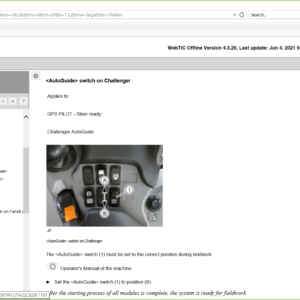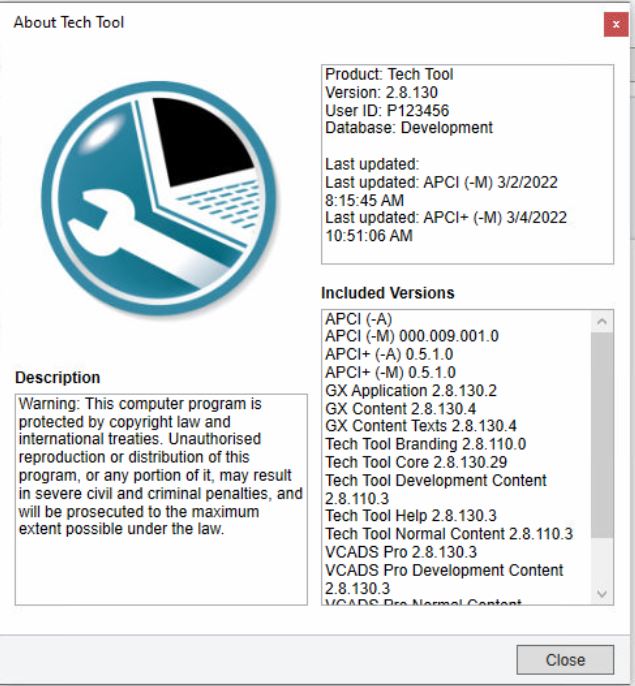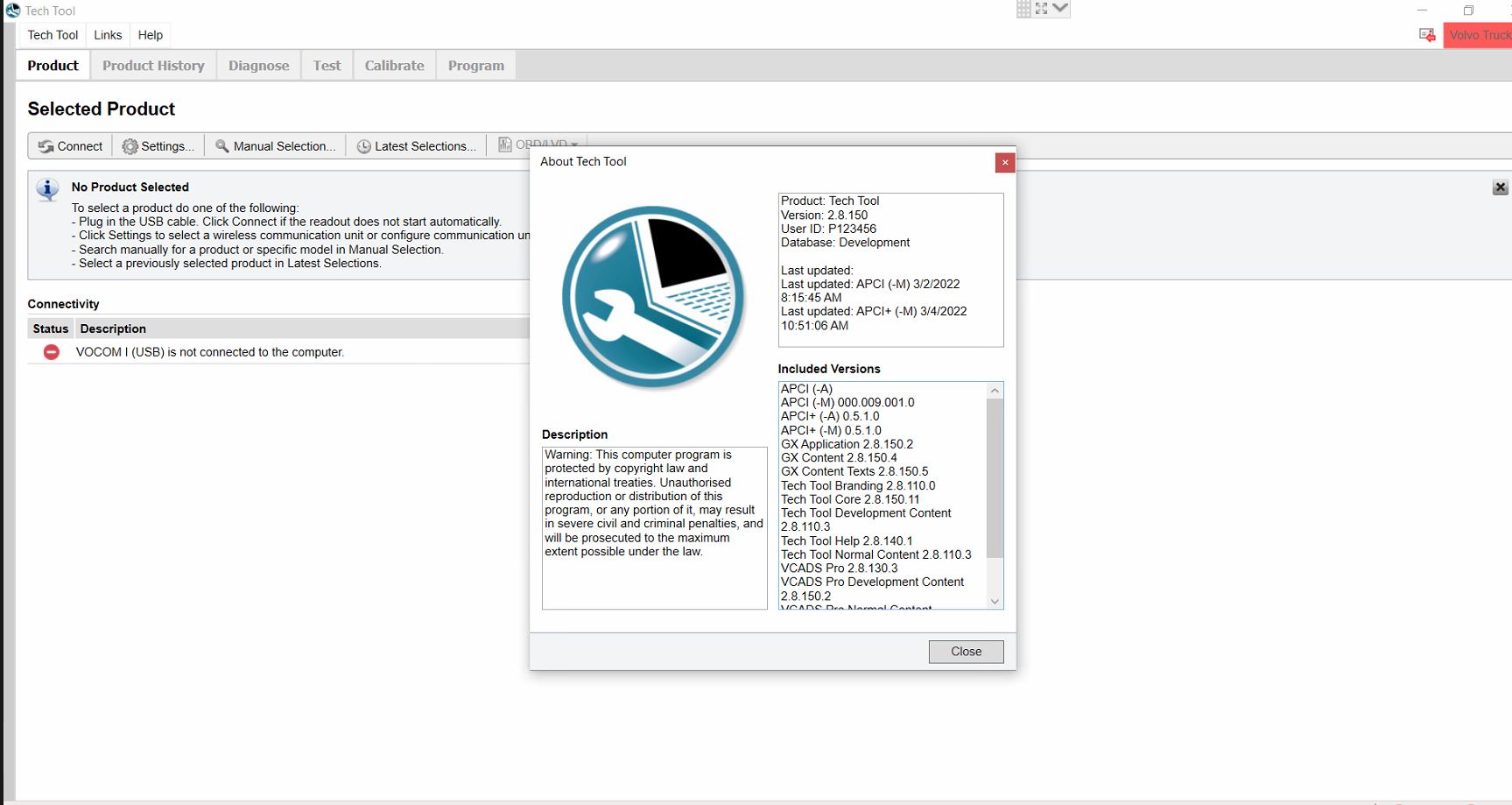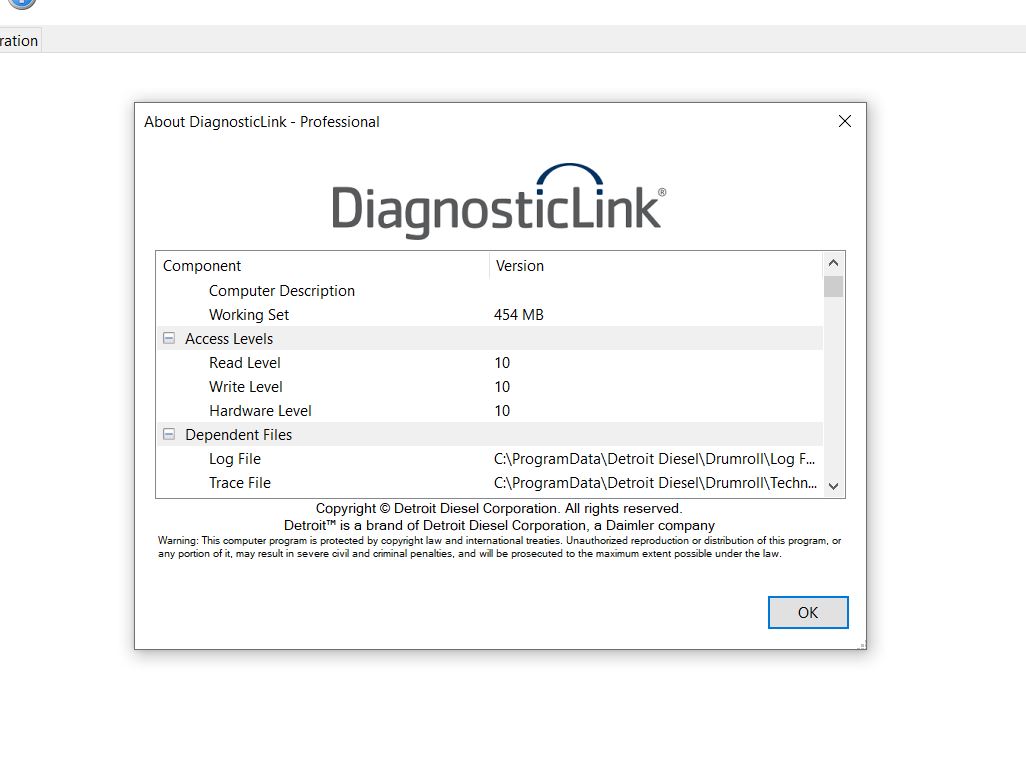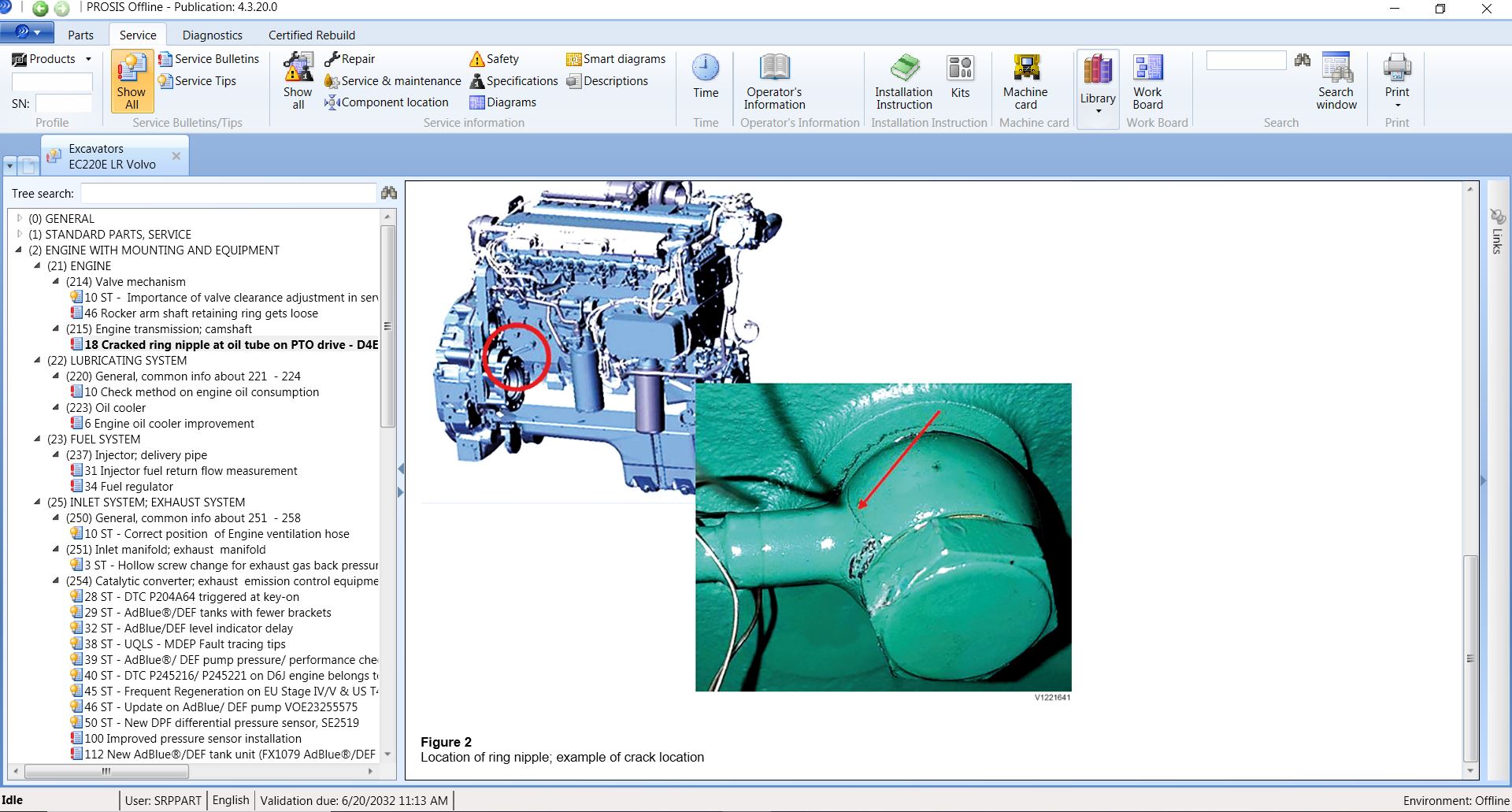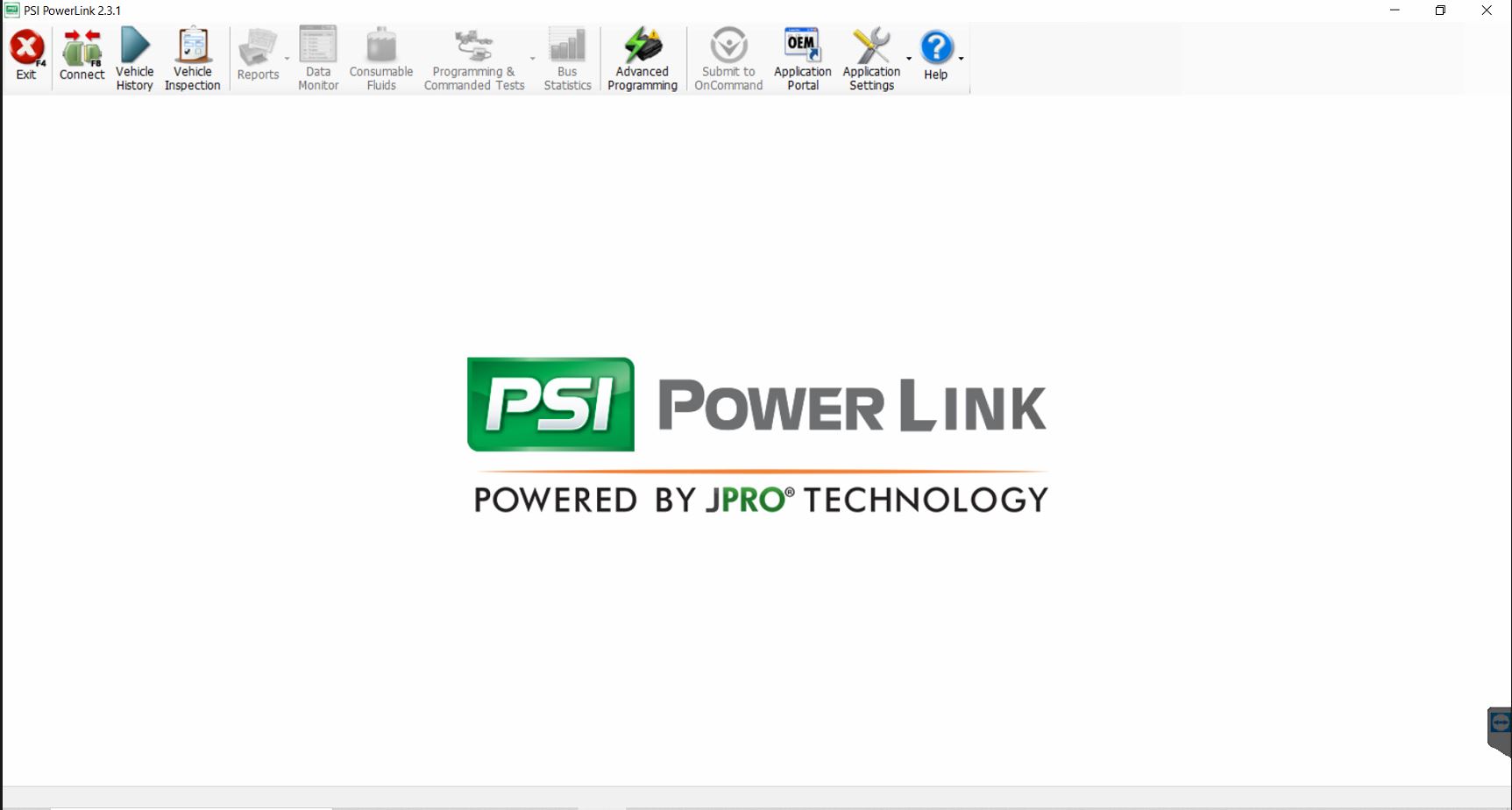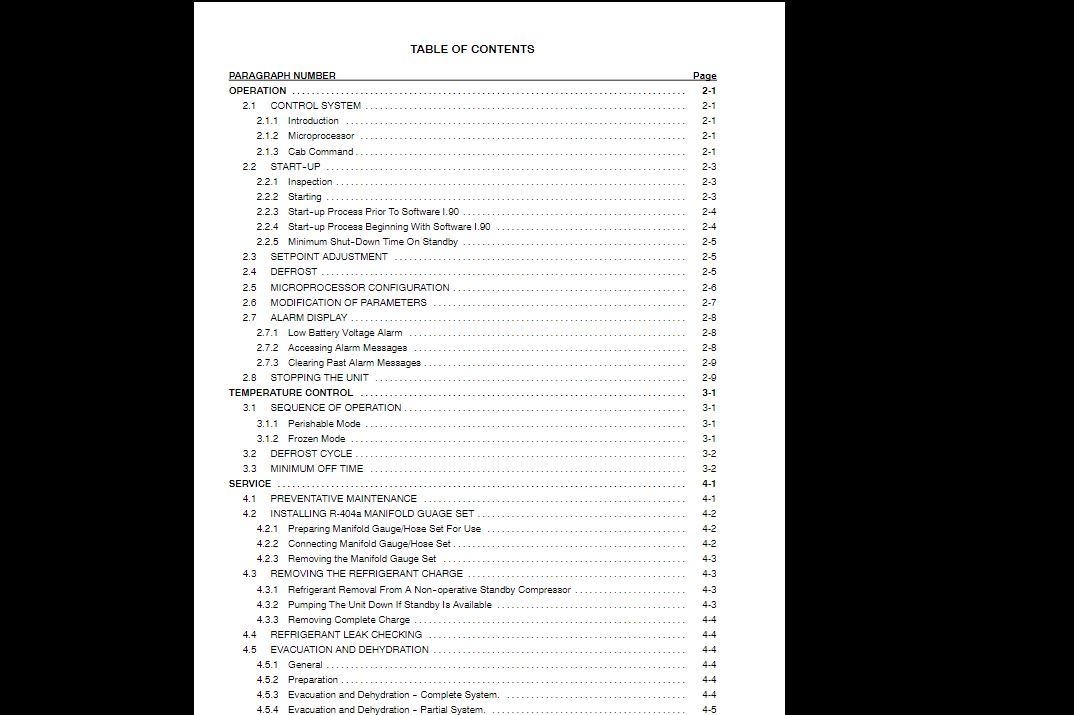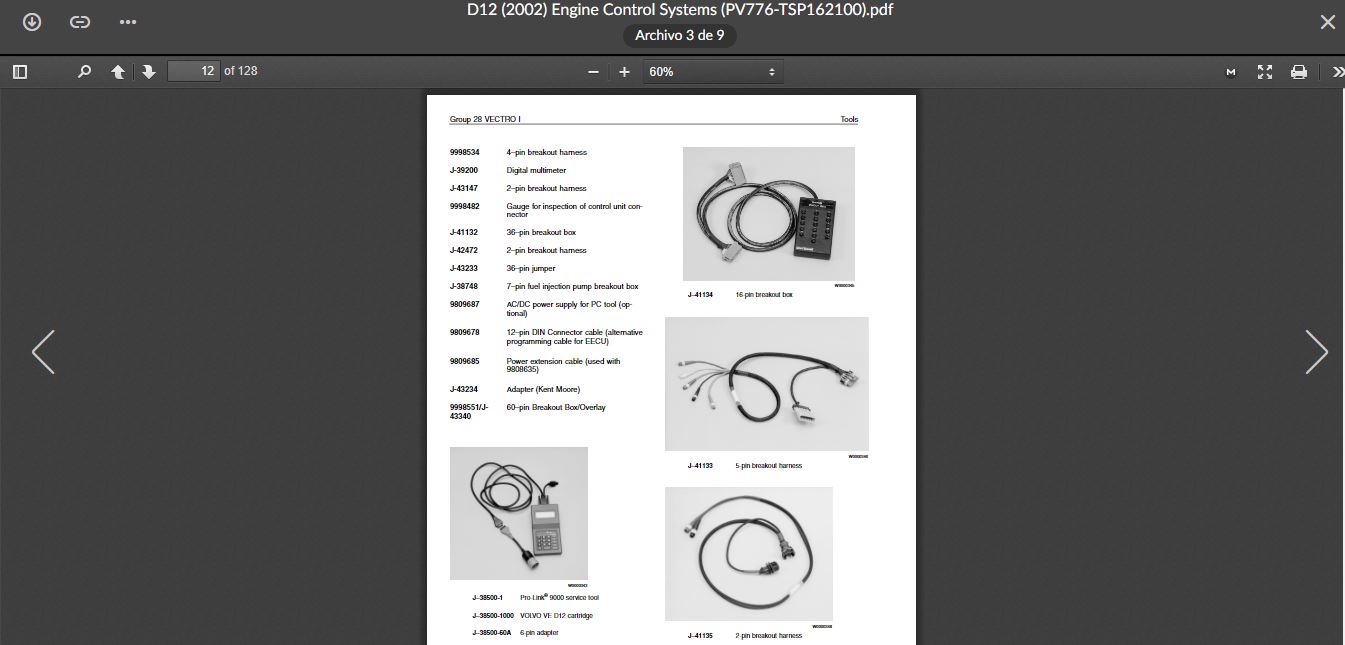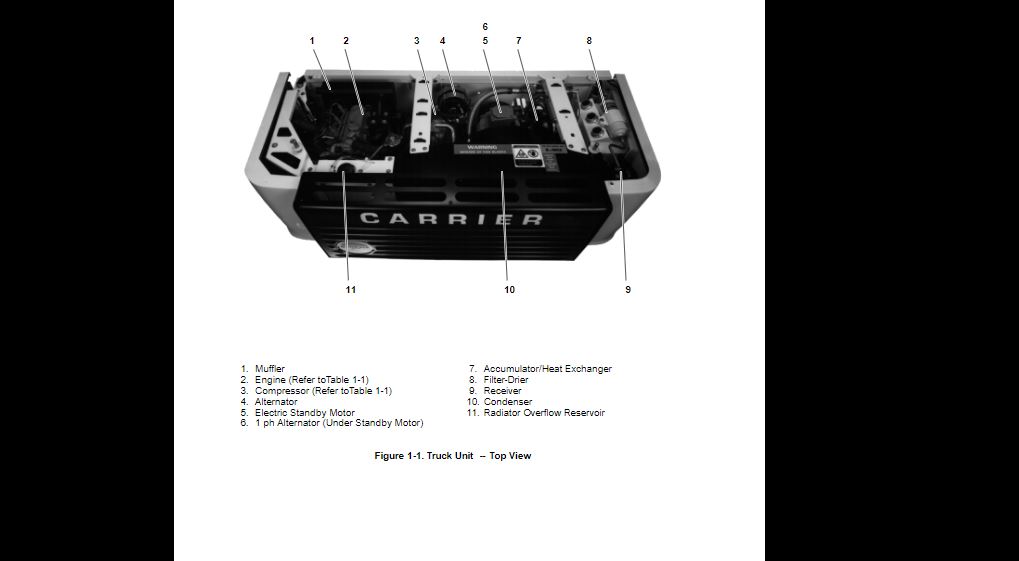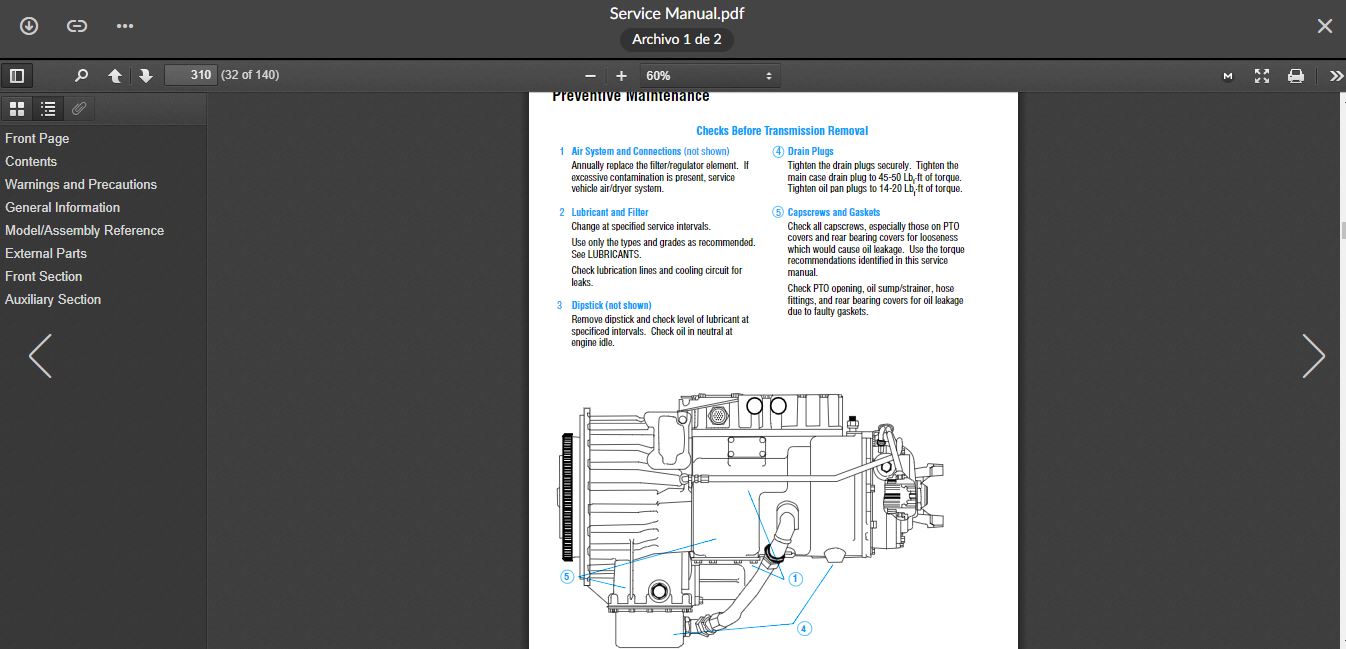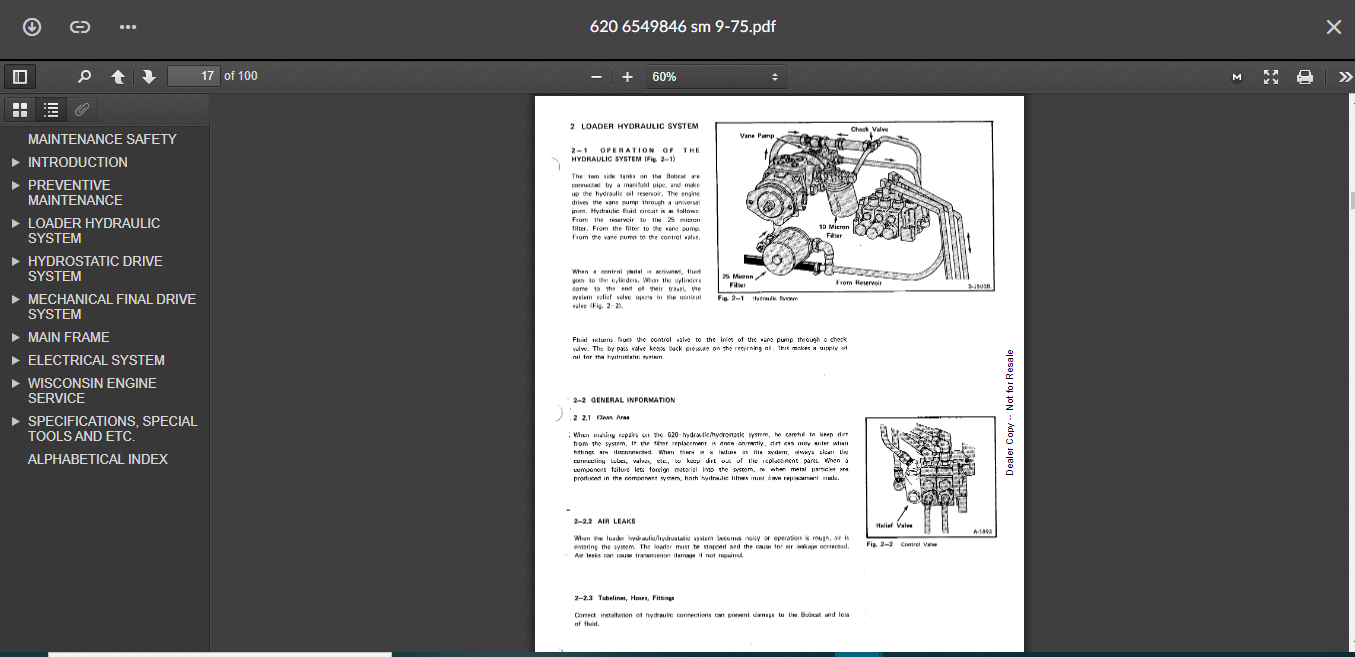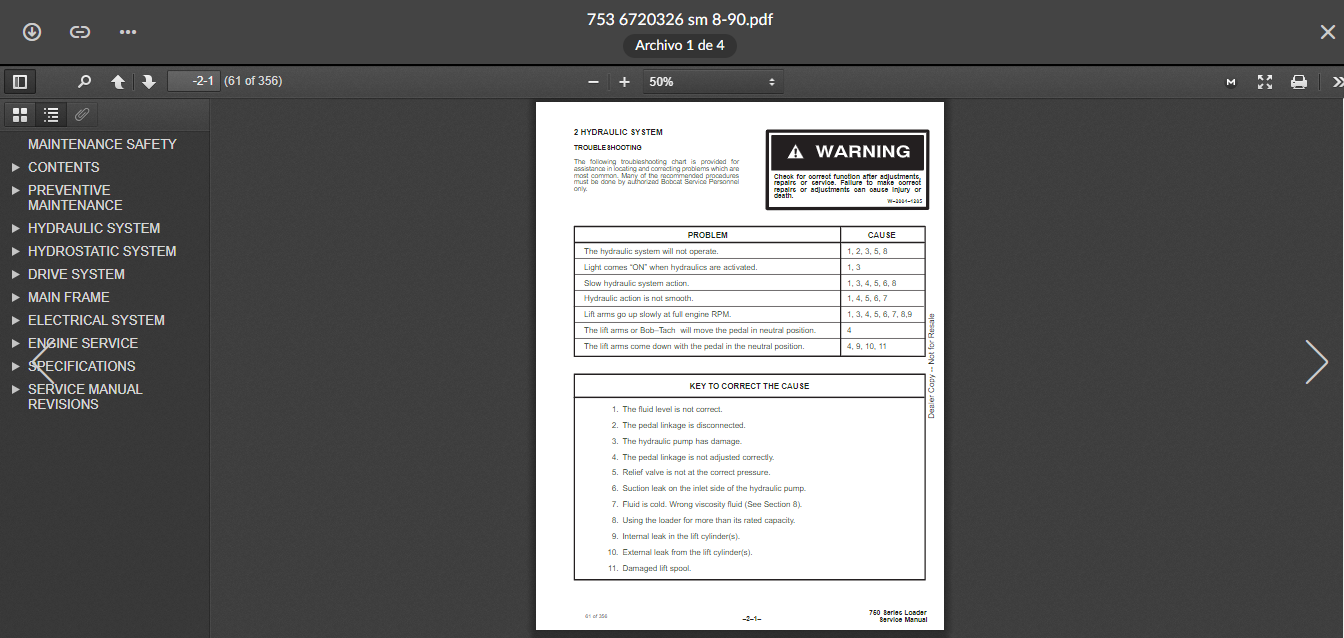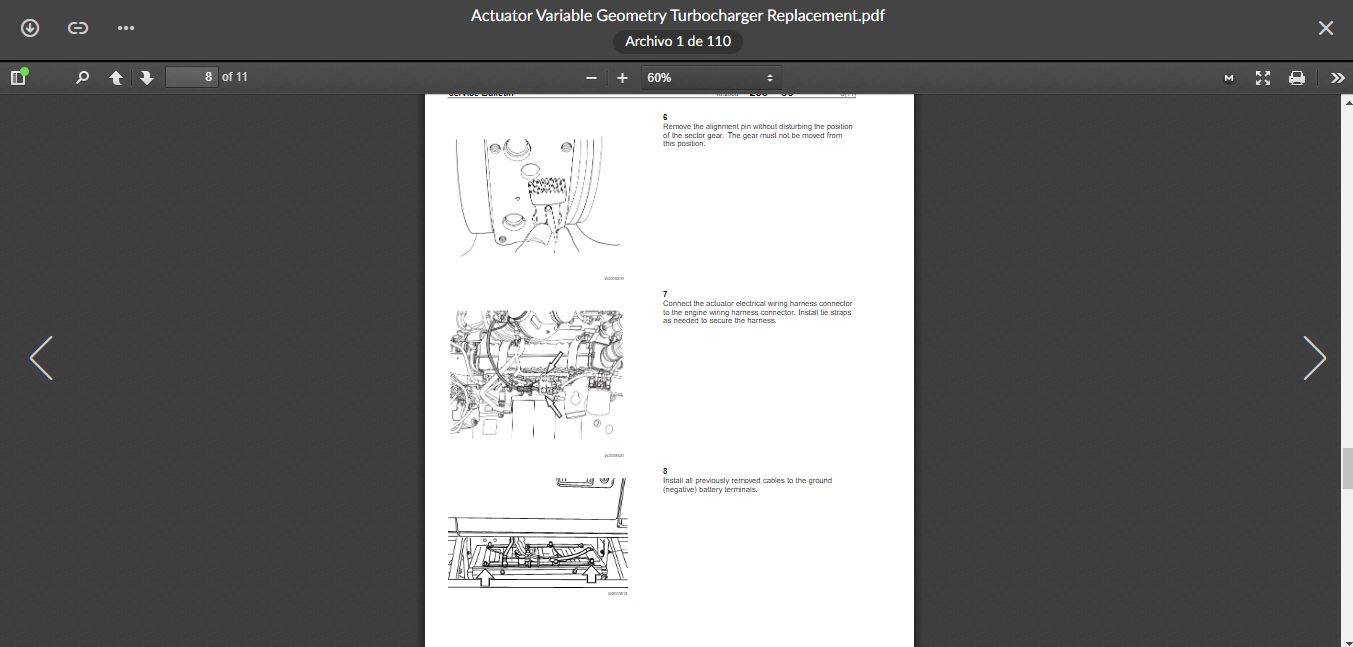Allison 1000 & 2000 Gen 5 Fault Code:P0877 Transmission Fluid Pressure Switch 4 (PS4) Circuit – Low
CIRCUIT DESCRIPTION:
The Pressure Switch Manifold (PSM) is a multiple-switch assembly made up of three Normally Open (N/O) and one Normally Closed (N/C) pressure switches. Fluid pressure is supplied to PS4, holding it open when the manual selector valve is in any position except reverse. When the manual selector valve is moved to reverse, pressure to the PS4 is cut off, allowing the switch to close. DTC P0877 sets when P (Park), N (Neutral), or a forward range is selected and the PS4 state remains in the Exhausted/ON position for a period of time that is calibration dependent.
ACTIONS TAKEN WHEN DTC IS SET
When DTC P0877 is active, the following conditions occurs:
1. Calibration dependent – Either lock to neutral or transmission shifts to 3rd or 5th range.
2. While diagnostic response is active, if the shift selector is moved to N (Neutral), transmission shifts to neutral; if the shift selector is moved to R (Reverse), transmission shifts to reverse. If the shift selector is moved to D (Drive) range or R (Reserve) and transmission is compromised by overspeeding or direction change, transmission shifts to neutral. If output speed fault or Internal Mode Switch (IMS) fault is present when this test fails, then hydraulic default is implemented.
3. The CHECK TRANS light illuminates (non-OBD II strategy).
4. DTC is stored in TCM history.
5. The TCM forces Variable Modulated Main off.
6. The TCM inhibits TCC engagement.
7. TCM freezes shift adapts (DNA).
CONDITIONS FOR CLEARING THE DTC:
Use the diagnostic tool to clear the DTC from the TCM history. The TCM automatically clears the DTC from the TCM history if the vehicle completes 40 warm-up cycles without the DTC recurring.
DIAGNOSTIC S AIDS
The following procedures are not documented in any OEM procedures or in any OEM Troubleshooting or Service information and should not be used as a method to diagnose any transmission DTCs, function, or shift quality concern:
1. Back-probing any connections used for transmission features or functions may damage and/or unlock terminals from the back-probed connector creating permanent or intermittent shorts and/or open circuits. If possible, use the J-39700 Breakout Box, the appropriate harness adapters, and appropriate magnetic overlays to troubleshoot the vehicle.
2. Load-testing any transmission-related circuits with any other electrical devices such as vehicle lamps or relays, especially with the TCM connected to the harness. Use J-3700 Breakout Box and appropriate harnesses with the diagnostic tool to monitor the circuit performance in question unless otherwise specified in the various Troubleshooting information.
3. Piercing a wire to check for voltages, shorts-to-grounds or other wires anywhere in the circuit but especially at the TCM. This creates a leak path for moisture and damages the wire and insulation.
Inspect the wiring for poor electrical connections at the TCM. Look for the following conditions:
1. A bent terminal.
2. A backed-out terminal.
3. A damaged terminal.
4. Poor terminal tension
5. A chafed wire.
6. A broken wire inside the insulation.
This DTC could indicate a hydraulic leak path exhausting pressure from the reverse pressure switch (refer to HYDRAULIC SCHEMATICS information).
If P0877 is shown in failure records as being logged first on the failure list followed by P0762 combined with P0708, these DTCs may indicate an IMS failure. Inspect the shift linkage carefully for proper adjustment.
When diagnosing for an intermittent short or open, massage the wiring harness while watching the test equipment for a change. It may be necessary to check for shorting-to-ground at individual wires within a harness to isolate an intermittent condition (refer to WIRE CHECK and DIAGNOSING INTERMITTENT DTCs information).
You may have to drive the vehicle in order to experience a fault. Use the data obtained from failure records to determine transmission range and/or certain vehicle operating variables such as temperature, run time etc. This data can be useful in reproducing failures mode where the DTC was set.
Related
-
JOHN DEERE SERVICE ADVISOR 5.3.225 DATABASE AG + CF ENGLISH 2023
John Deere $250.00Rated 0 out of 5
-
Volvo PROSIS Offline 2019 Parts Catalog Installation Service
Trucks software $45.00Rated 0 out of 5 -
CLAAS WebTIC Offline [11.2021] Service Information – ENGLISH Language
CLAAS $100.00Rated 0 out of 5 -
Volvo Premium Tech Tool PTT 2.8.130 Diagnostic Software 04.2022 ACPI ( 1 PC )
Trucks software $143.00Rated 0 out of 5 -
premium volvo tech tool update 2.8.150 diagnostic software 1pc
Trucks software $150.00Rated 0 out of 5
Related products
-
Allison 1000 & 2000 Gen 4 Fault Codes: U2104 CAN Bus Reset Counter Overrun
1000 & 2000 Gen 4 $50.00Rated 0 out of 5 -
Allison 1000 & 2000 Gen 4 Fault Codes: P0875 Transmission Reverse Pressure Switch Circuit Malfunction
1000 & 2000 Gen 4 $50.00Rated 0 out of 5 -
Allison 1000 & 2000 Gen 4 Fault Codes: P0123 Pedal Position Sensor Circuit High Voltage
1000 & 2000 Gen 4 $50.00Rated 0 out of 5 -
Allison 1000 & 2000 Gen 4 Fault Codes: P1688 Unmanaged Engine Torque Delivered To TCM Signal
1000 & 2000 Gen 4 $50.00Rated 0 out of 5 -
Allison 1000 & 2000 Gen 4 Fault Codes: P0871 Transmission Pressure Switch Solenoid E Circuit Stuck Open
1000 & 2000 Gen 4 $50.00Rated 0 out of 5 -
Allison 1000 & 2000 Gen 4 Fault Codes: U1064 J1850 (Class 2) TBC Controller State of Health Failure
1000 & 2000 Gen 4 $50.00Rated 0 out of 5 -
Allison 1000 & 2000 Gen 4 Fault Codes: P0122 Pedal Position Sensor Circuit Low Voltage
1000 & 2000 Gen 4 $50.00Rated 0 out of 5 -
Allison 1000 & 2000 Gen 4 Fault Codes: U0100 CAN Bus ECM Error
1000 & 2000 Gen 4 $50.00Rated 0 out of 5 -
Allison 1000 & 2000 Gen 4 Fault Codes: U0031 J1850 (Class 2) Serial Data Communication Link Low
1000 & 2000 Gen 4 $50.00Rated 0 out of 5 -
Allison 1000 & 2000 Gen 4 P0719 Brake Switch ABS Input Low
1000 & 2000 Gen 4 $50.00Rated 0 out of 5 -
Allison 1000 & 2000 Gen 4 Fault Codes: P1891 Engine Throttle Position Sensor Pulse Width Modulation (PWM) Signal Low Input
1000 & 2000 Gen 4 $50.00Rated 0 out of 5 -
Allison 1000 & 2000 Gen 4 Fault Codes: U1301 J1850 (Class 2) Serial Data Communication Link Low
1000 & 2000 Gen 4 $50.00Rated 0 out of 5 -
Allison 1000 & 2000 Gen 4 Fault Codes: U0032 J1850 (Class 2) Serial Data Communication Link High
1000 & 2000 Gen 4 $50.00Rated 0 out of 5 -
Allison 1000 & 2000 Gen 4 Fault Codes: P0880 TCM Supply Voltage
1000 & 2000 Gen 4 $50.00Rated 0 out of 5 -
Allison 1000 & 2000 Gen 4 Fault Codes: U1000 Class 2 Loss of Serial Data Communication
1000 & 2000 Gen 4 $50.00Rated 0 out of 5
-
SERVICE MANUAL Carrie Genesis R70 Genesis R90 Genesis TR1000 Multi -Temp
CARRIE $25.00Rated 0 out of 5




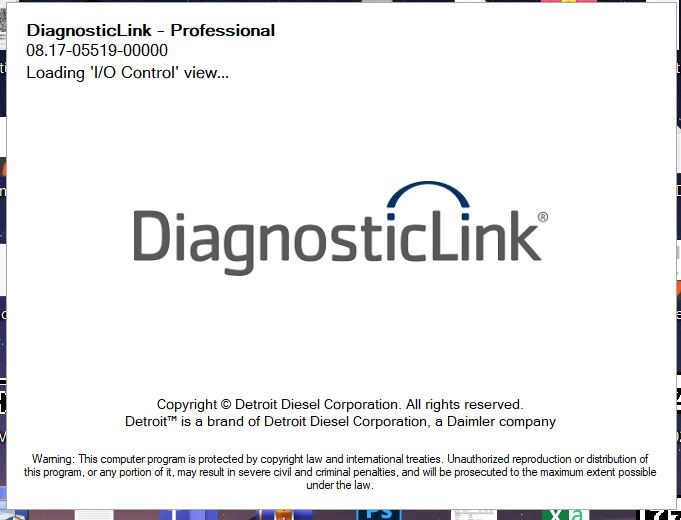

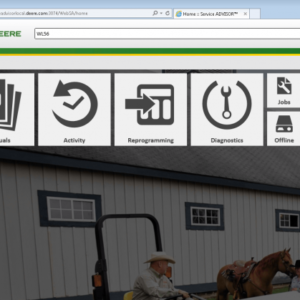

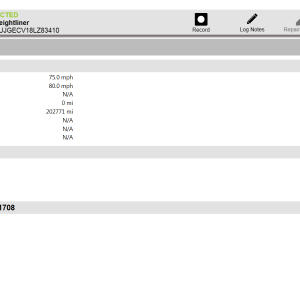


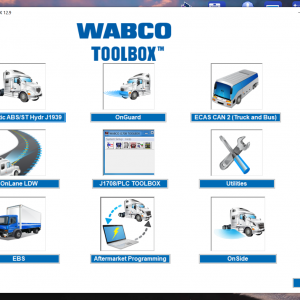

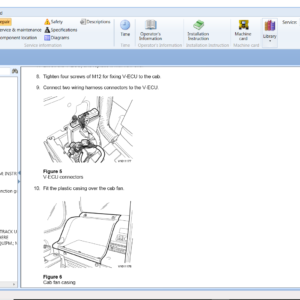

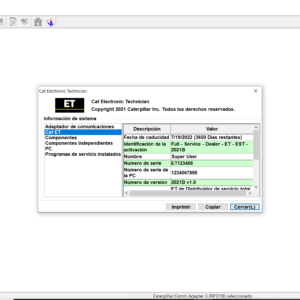
![JOHN DEERE PARTS ADVISOR & HITACHI 2.24.2 [2023.07] - ECUFORCETRUCK EPC](https://i0.wp.com/www.ecuforcetruck.com/wp-content/uploads/2023/09/1.png?resize=300%2C300&ssl=1)
![JOHN DEERE PARTS ADVISOR & HITACHI 2.24.2 [2023.07] - ECUFORCETRUCK EPC](https://www.ecuforcetruck.com/wp-content/uploads/2023/09/2.png)

